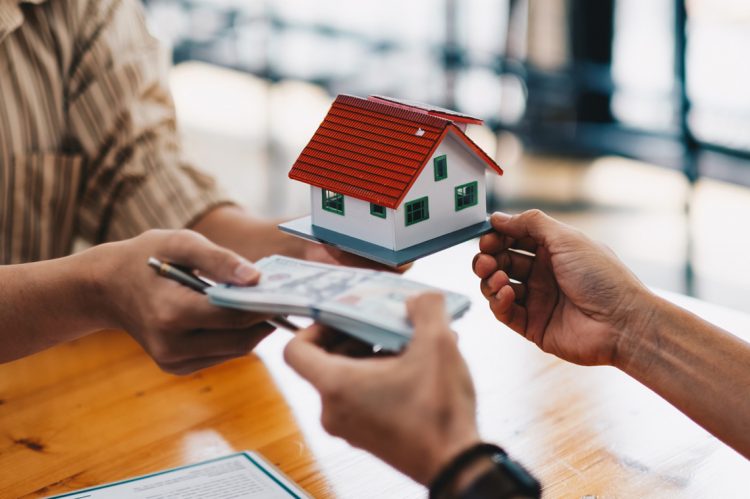Housing affordability remains near all-time lows and is a challenge for many homebuyers. Beyond the economic challenges most buyers face, gaps in homeownership for minority groups persist in the market.
With April being Fair Housing Month, Realtor.com’s latest report takes a look at the disparities in housing access for minorities groups, with a focus on LGBTQ+ and BIPOC (Black, Indigenous, and people of color) individuals. The report found that recent LGBTQ+ and BIPOC buyers are going into homeownership weighed down and more burdened by housing costs than white and non-LGBTQ+ individuals.
Key highlights:
- LGBTQ+ and BIPOC buyers are more likely to put smaller down payments on a home, with nearly two-thirds (65%) putting down 20% or less of a home’s purchase price when buying compared to about half (53%) of white, non-LGBTQ+ buyers.
- LGBTQ+ and BIPOC buyers were also nearly 9% more likely to pay over a home’s asking price to get their offer accepted – 86% paid over asking compared to 79% of white and non-LGBTQ+ individuals.
- A smaller down payment on top of an above-asking home price generally equates to a higher interest rate and monthly mortgage payment, and that means LGBTQ+ and BIPOC buyers are likely to pay a larger share of their income toward housing than other buyers.
- This is especially challenging for budgets, as a higher percentage of LGBTQ+ and BIPOC homebuyers were also more likely to fall into lower income groups than white and non-LGBTQ+ buyers.
- LGBTQ+ and BIPOC buyers face challenges during the mortgage process, and are 1.7 times more likely to have been denied mortgages two or more times.
- Programs for assistance, such as HCA’s Equity Down Payment Assistance Fund, helps make owning a home more accessible for BIPOC and low-to moderate-income homebuyers. Realtor.com teamed up last year with the Homeownership Council of America to donate to and raise funds for this program.
- There are 5.37 million Americans who qualify for down payment assistance, according to the Urban Institute, but data from the National Association of REALTORS® shows only 3–4% of recent homebuyers have taken advantage of these programs when buying a home.
Major takeaway:
“More Americans than ever before are stretched thin because of the growing housing cost burden, but our data shows that LGBTQ+ and BIPOC buyers are potentially spending even more of their income to own a home of their own, which can make it difficult to afford other essentials like food and transportation and creates even greater inequalities,” said Laura Eddy, Realtor.com vice president, Research and Insights. “With the rising costs of homeownership taking a greater toll on budgets, resources like down payment assistance can help reduce the overall financial burden of buying a home and make it more accessible to a wider range of individuals.”
“Reducing unfair housing cost burdens and giving greater access to communities who have been locked out of homeownership opportunities can help address that gap, and it’s why we’re joining forces with others in the industry and bringing new tools and resources to more individuals to help lift their financial strain,” added Mickey Neuberger, CMO of Realtor.com.
For Jose, a Mexican-American from the Los Angeles area and a first-generation homeowner who used assistance such as the Equity Down Payment Assistance Fund, he is proud and excited to be celebrating the magic of many “first” experiences, like celebrating the holidays with his daughter for the first time in their own home. “I believe there is a huge problem with the homeownership gap and the effects of those gaps go on for generations. Being the first one in my family to purchase a home is definitely a proud moment – I get choked up thinking about it, because my parents came to this country with a dream. Having a home of my own felt like freedom,” said Jose.
For more information, visit https://www.realtor.com/fairhousing/.












